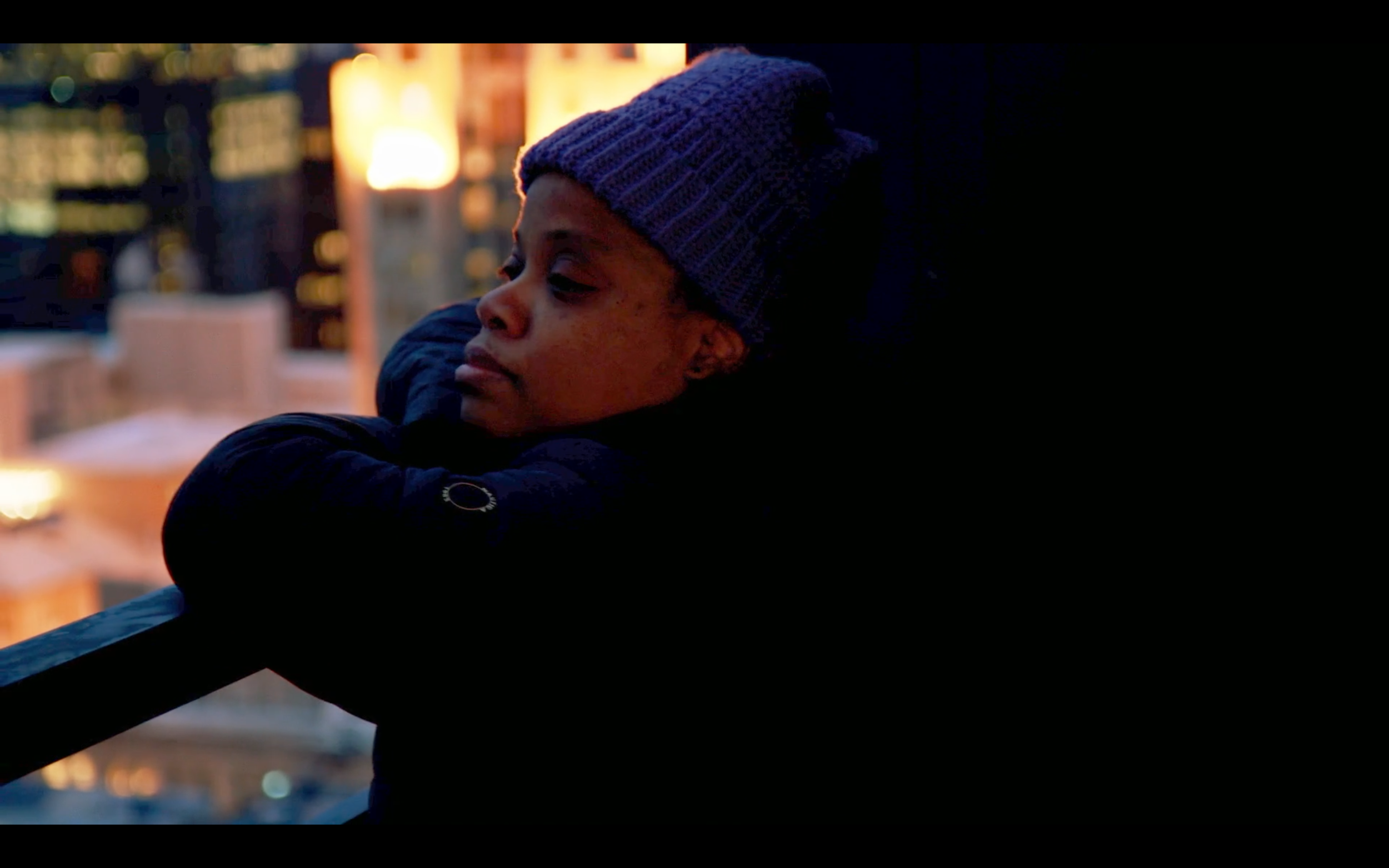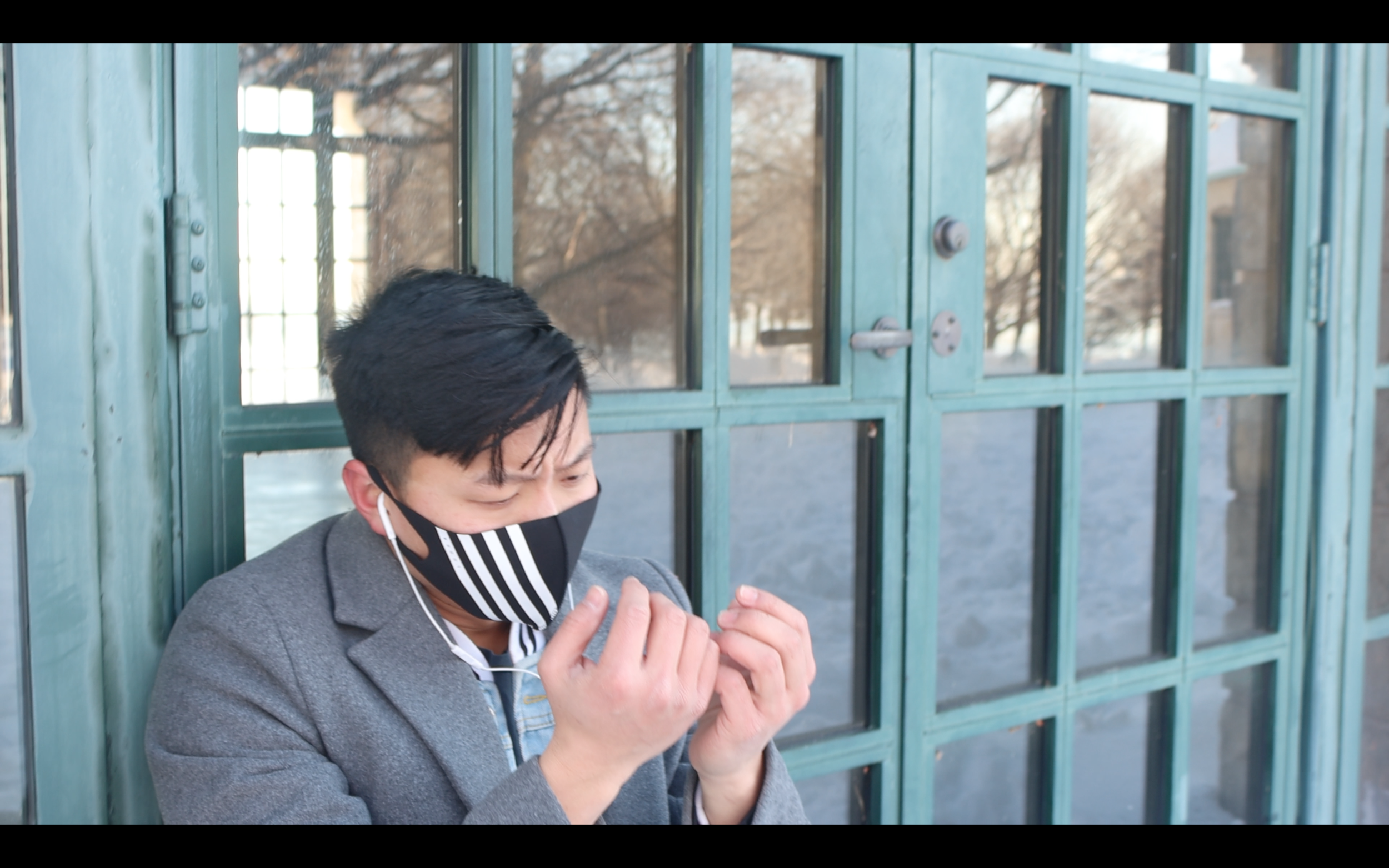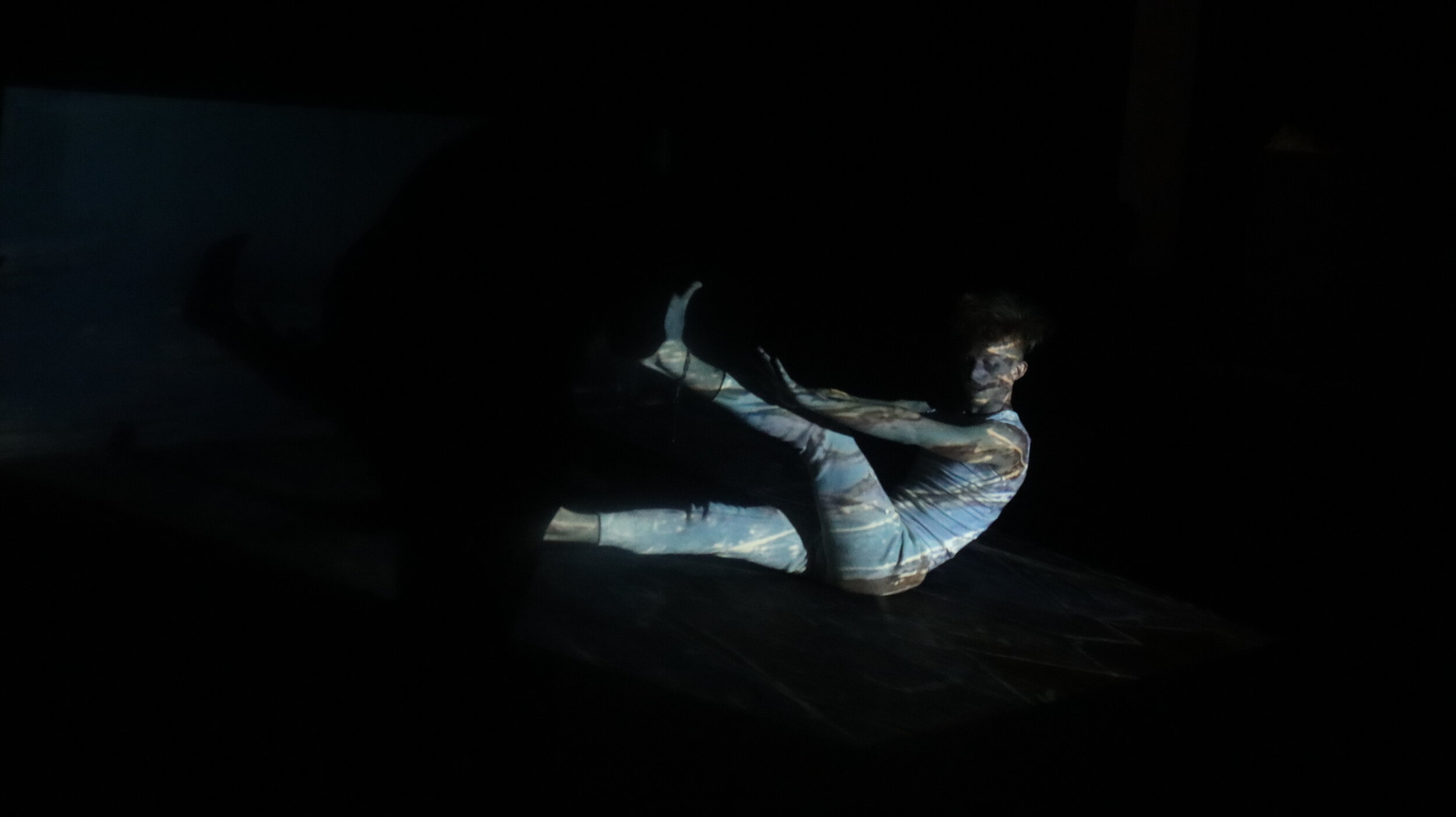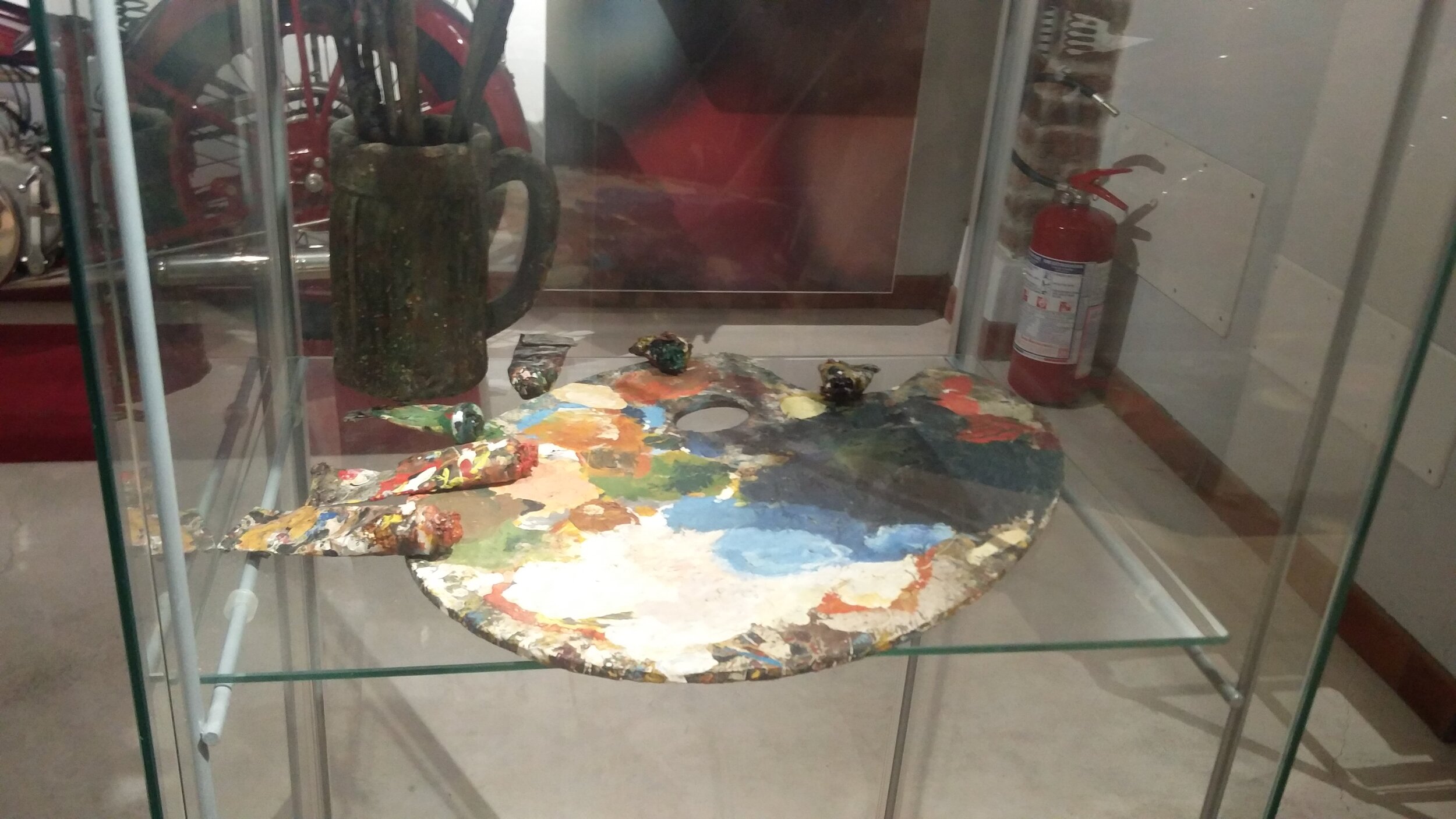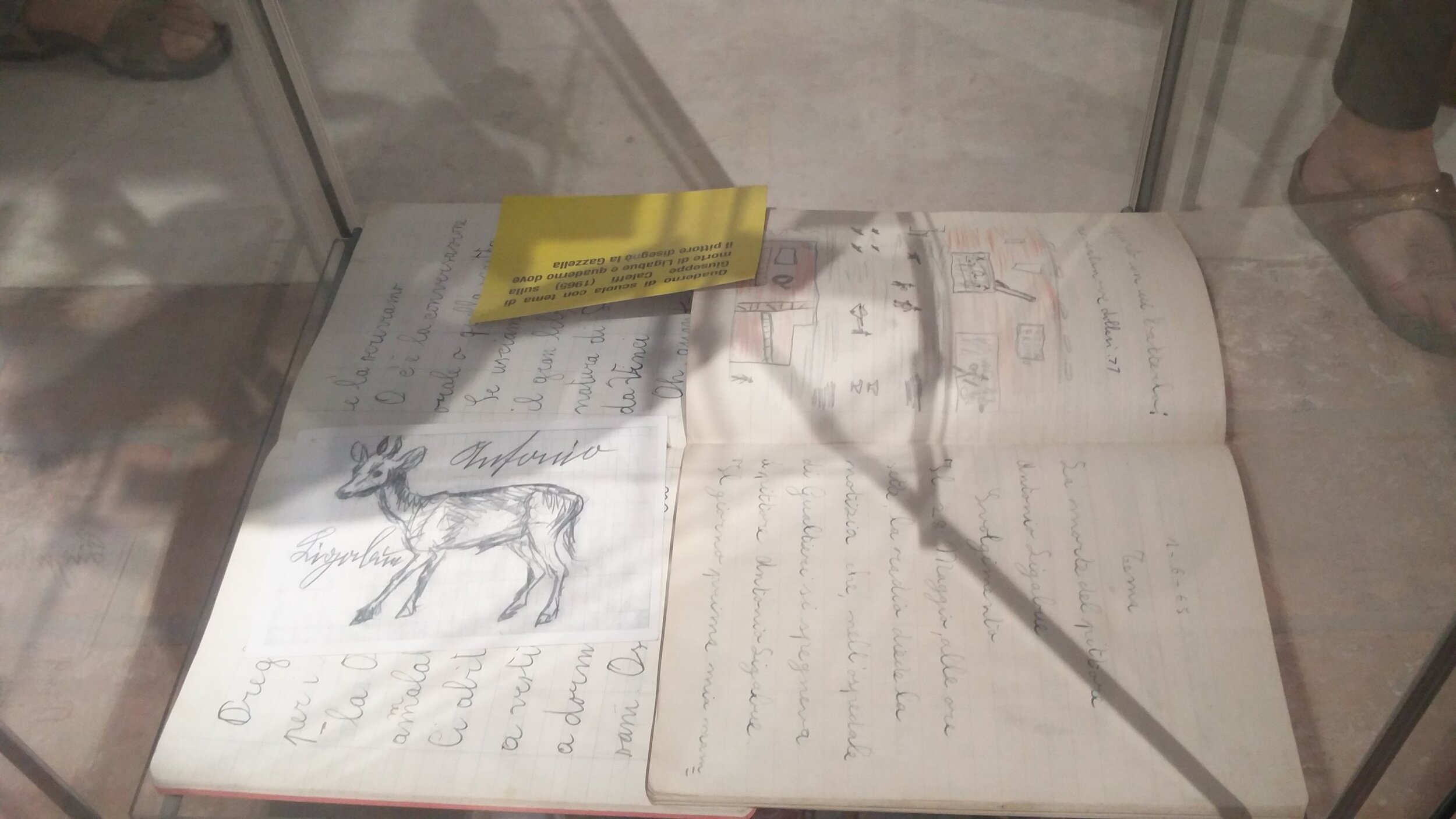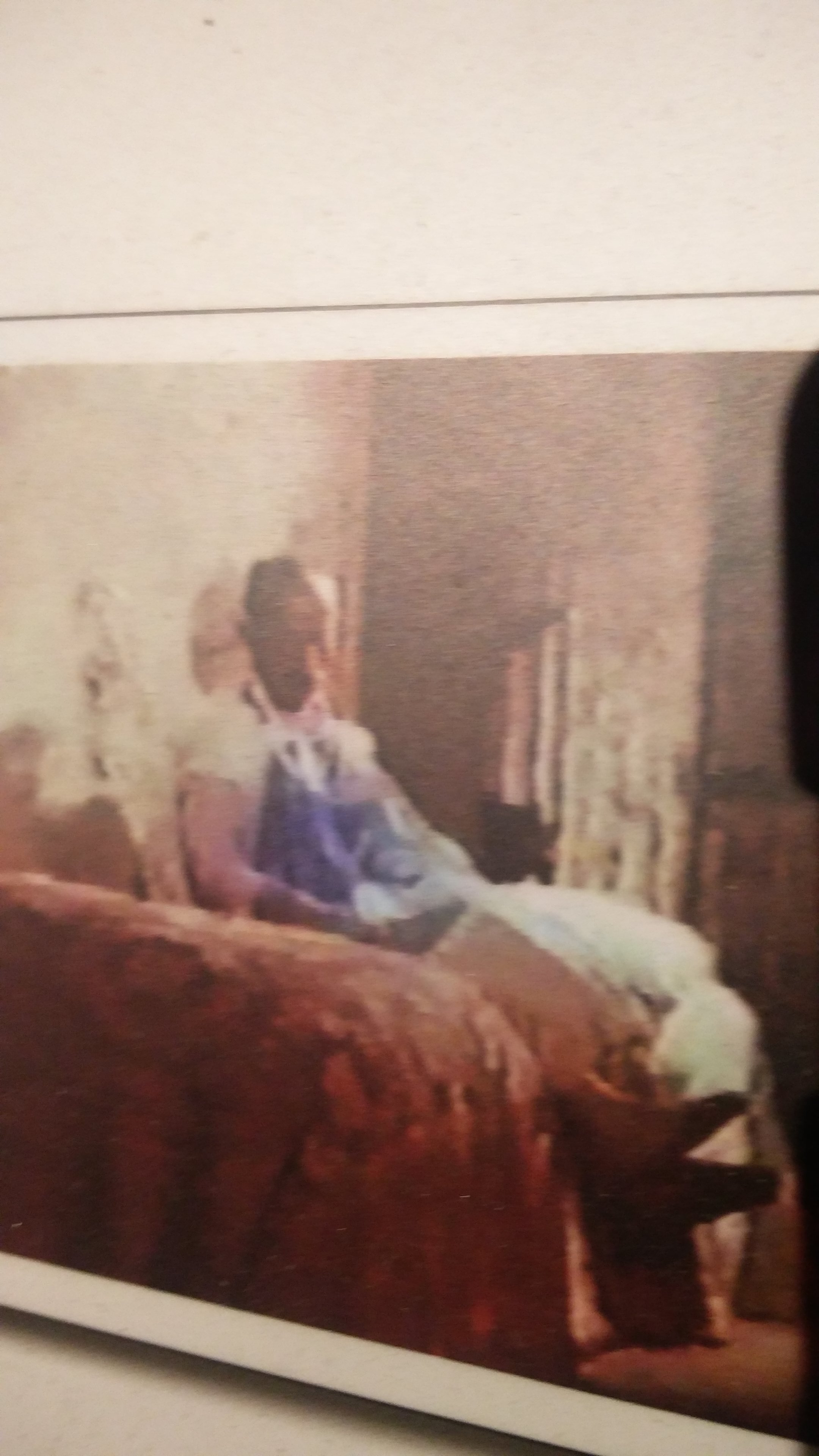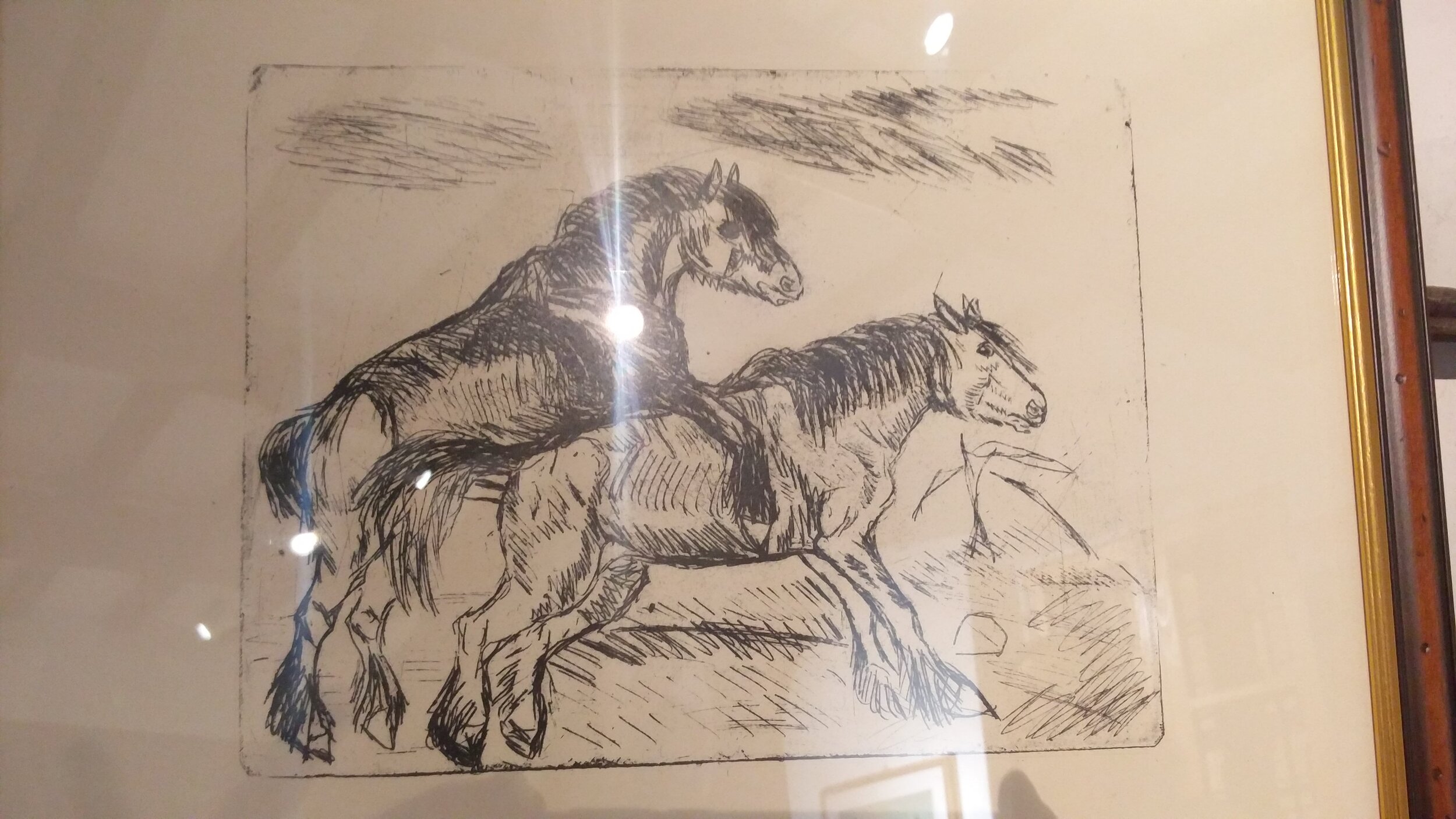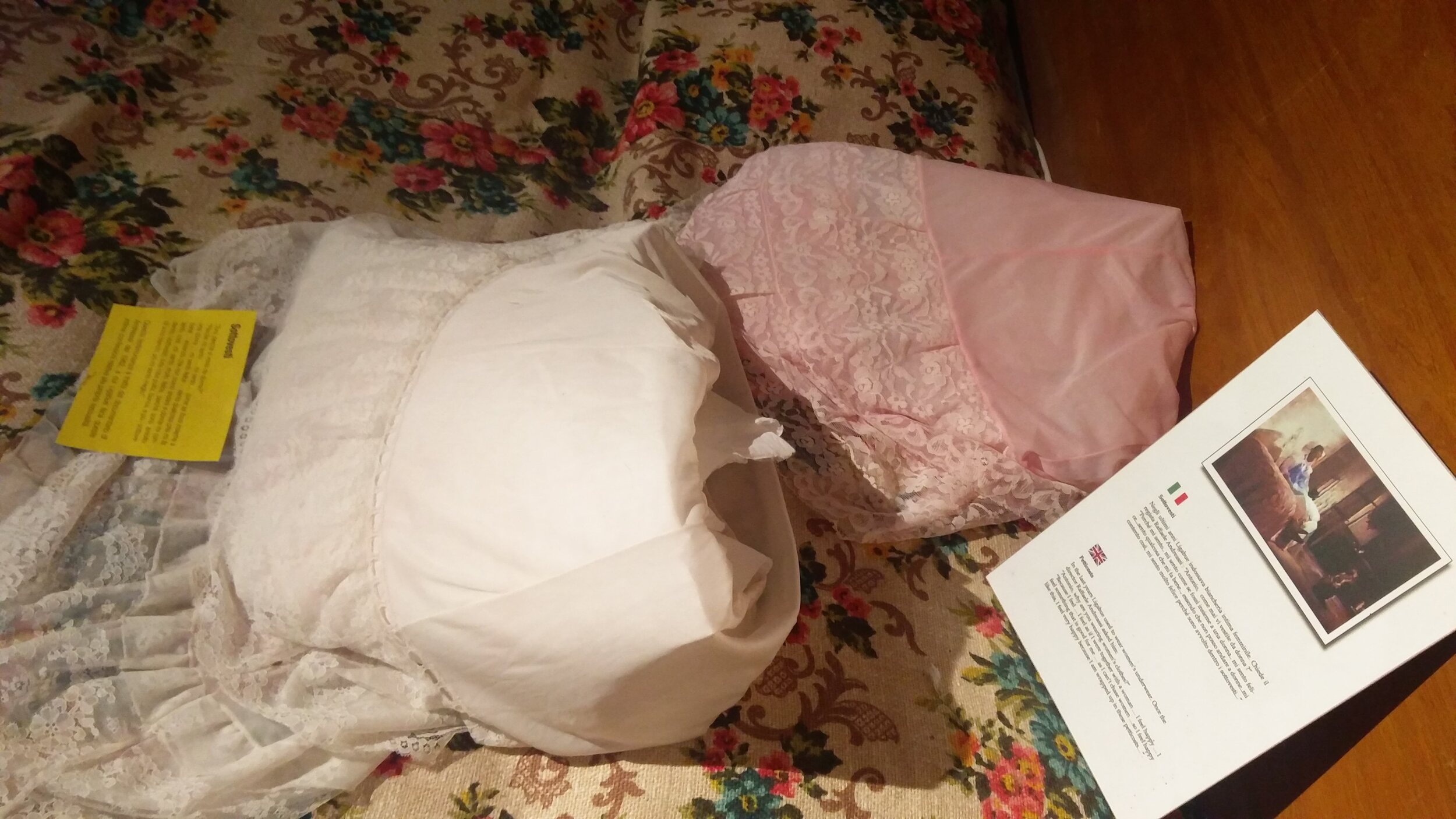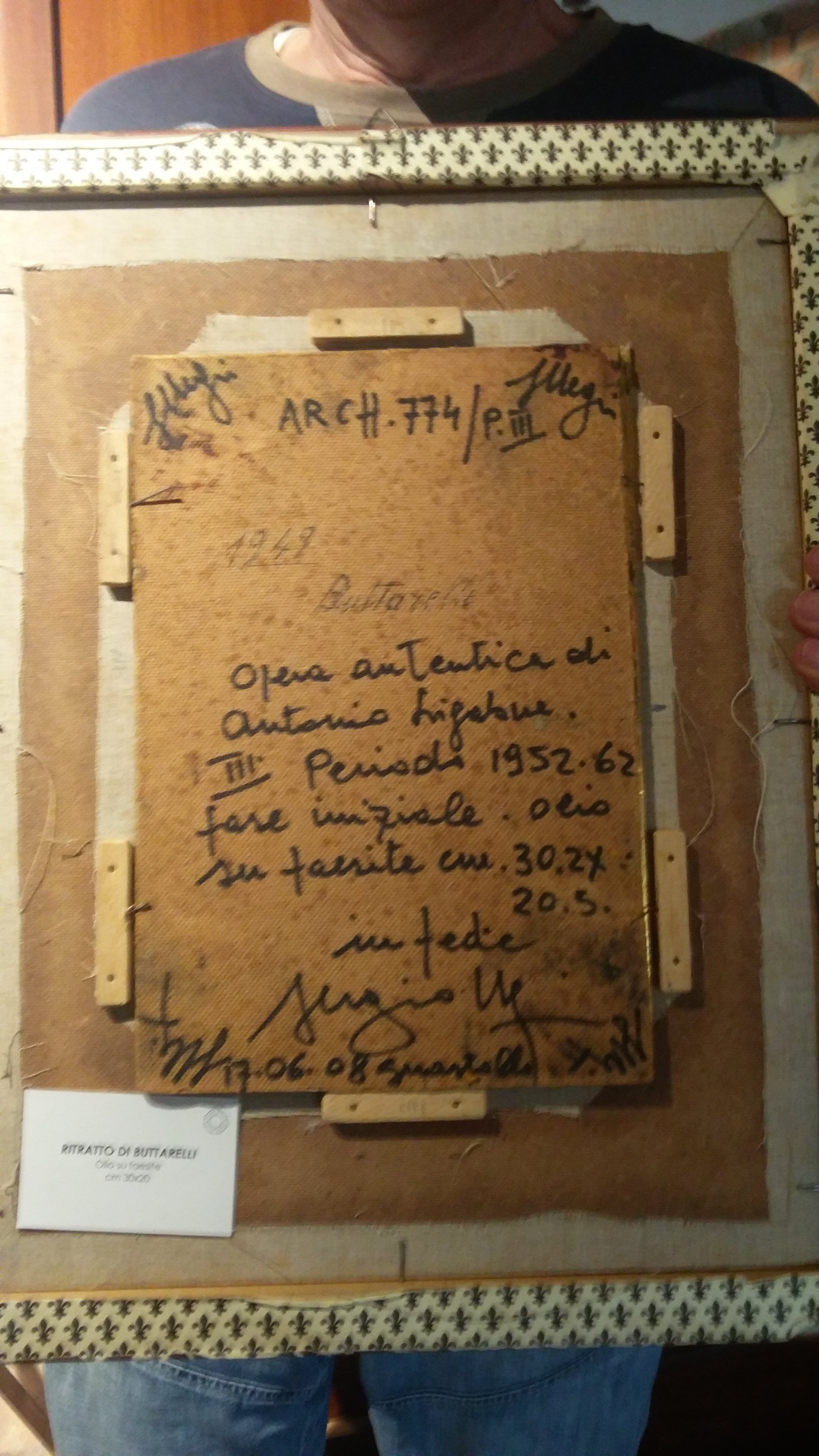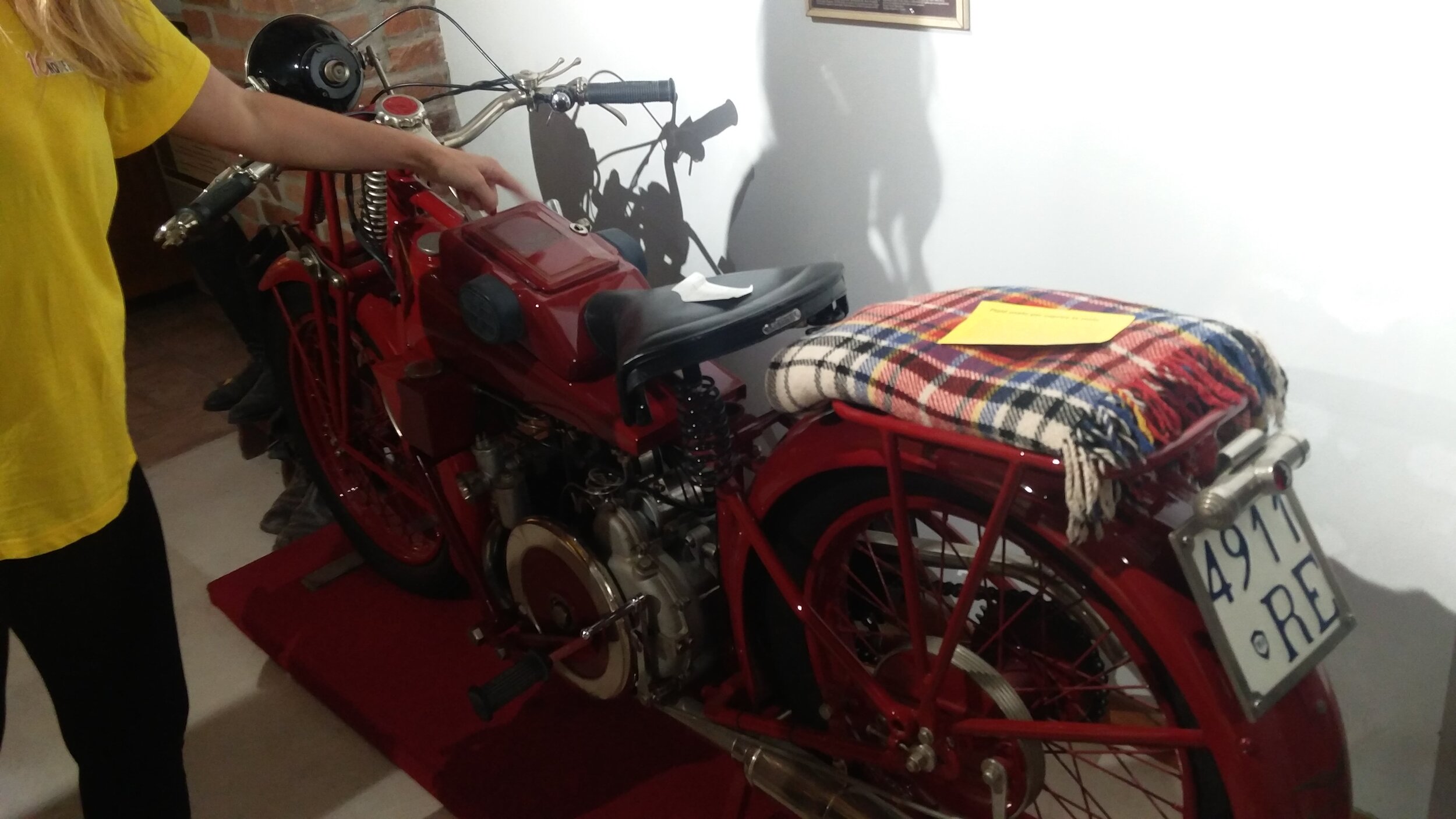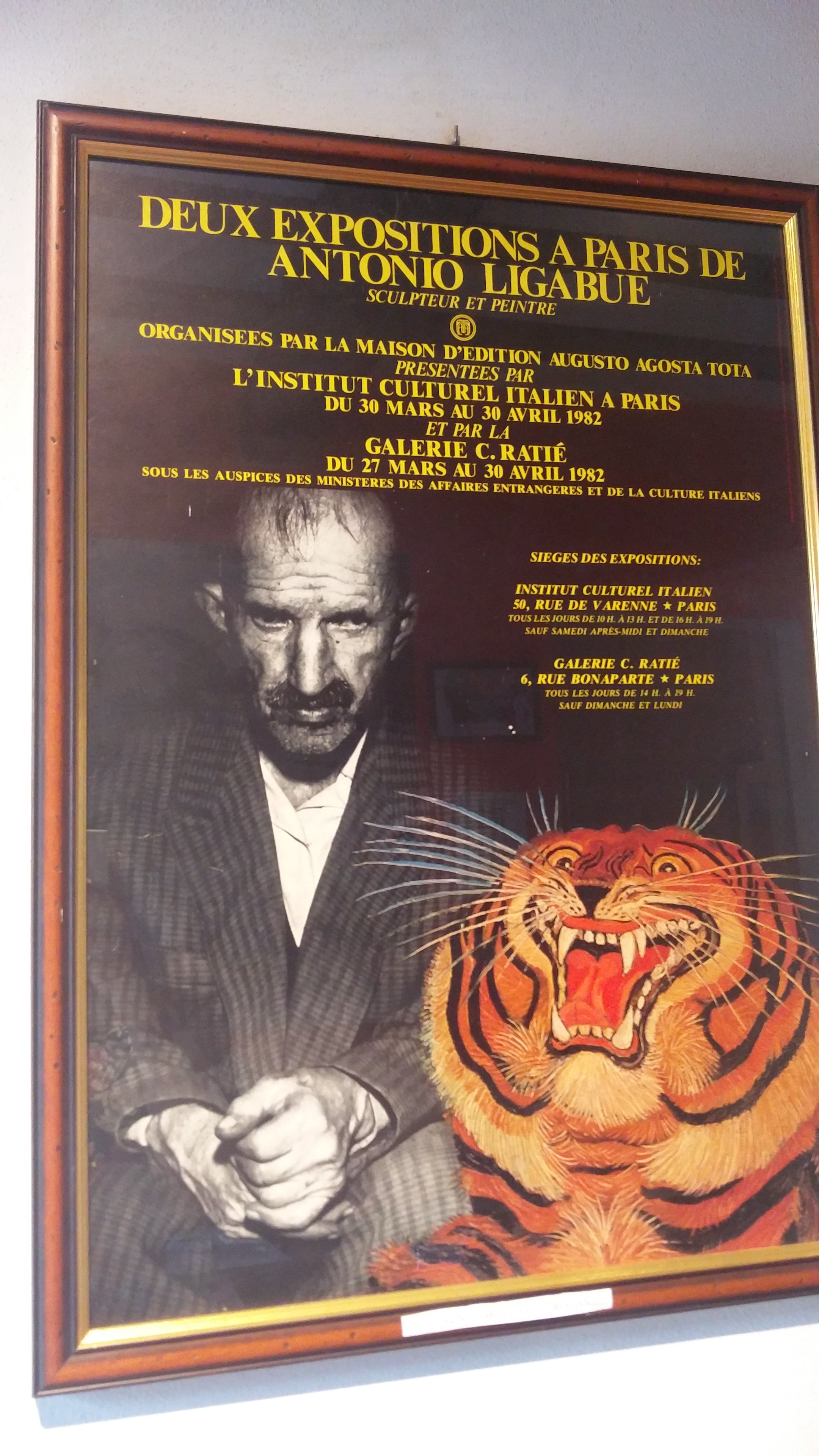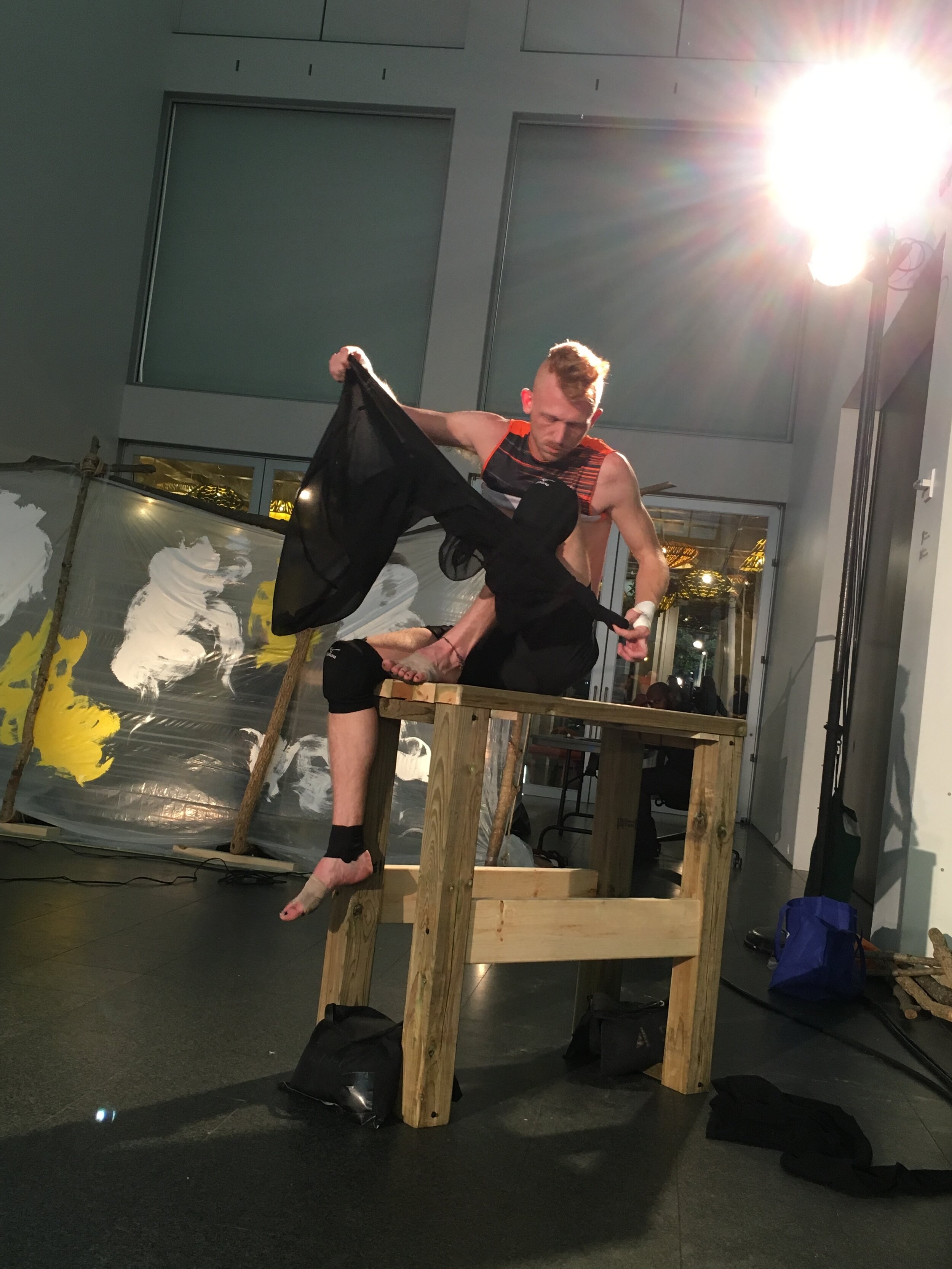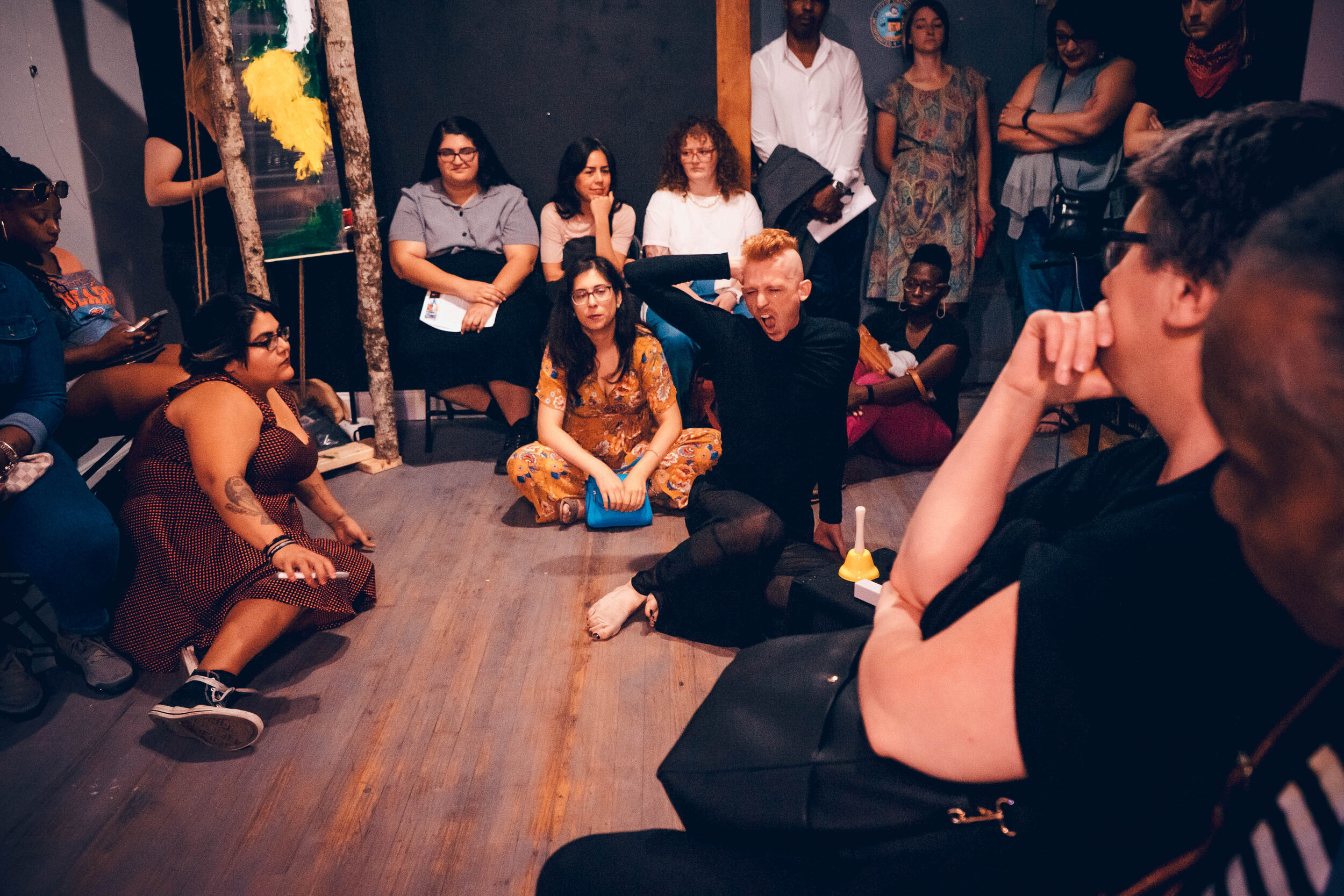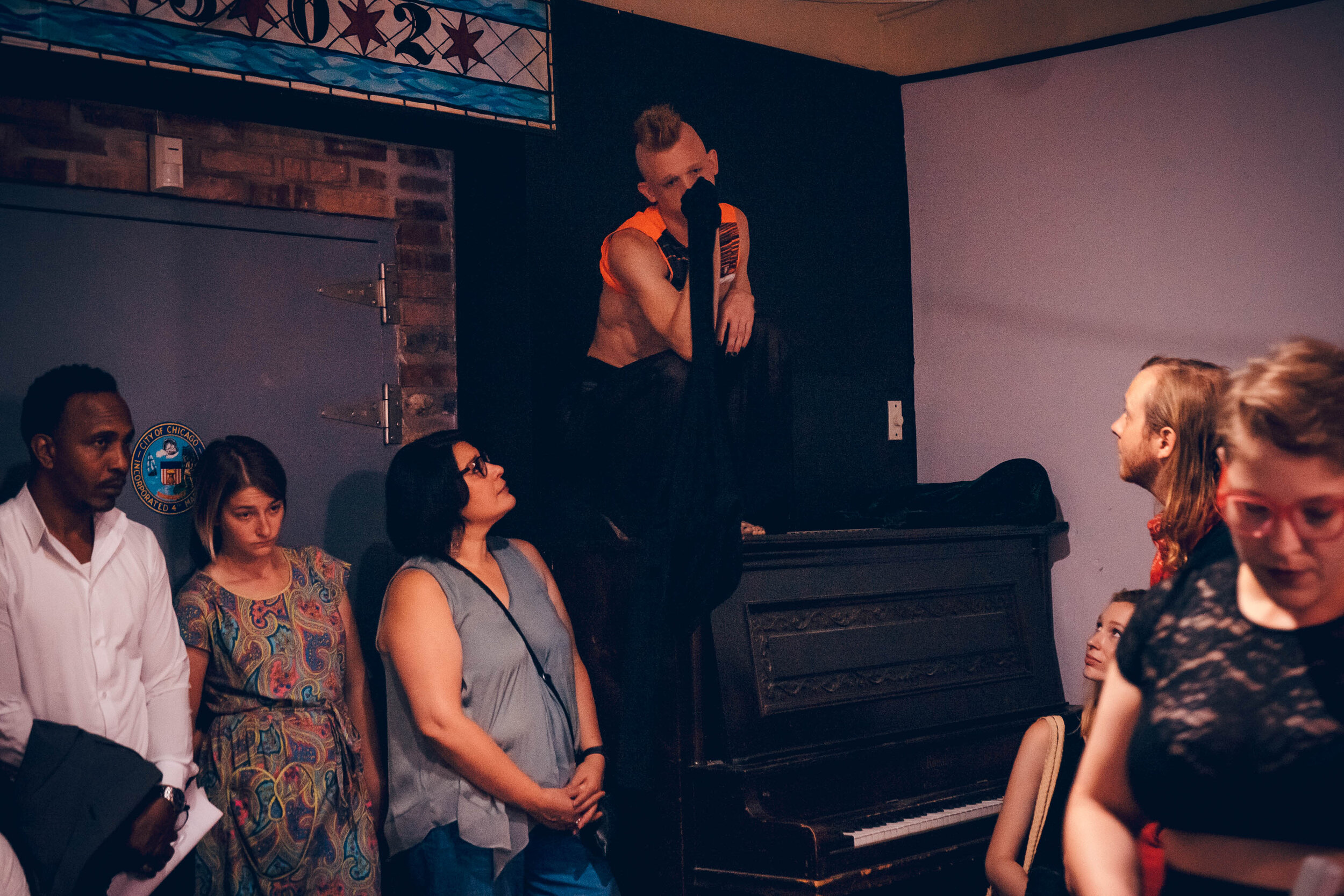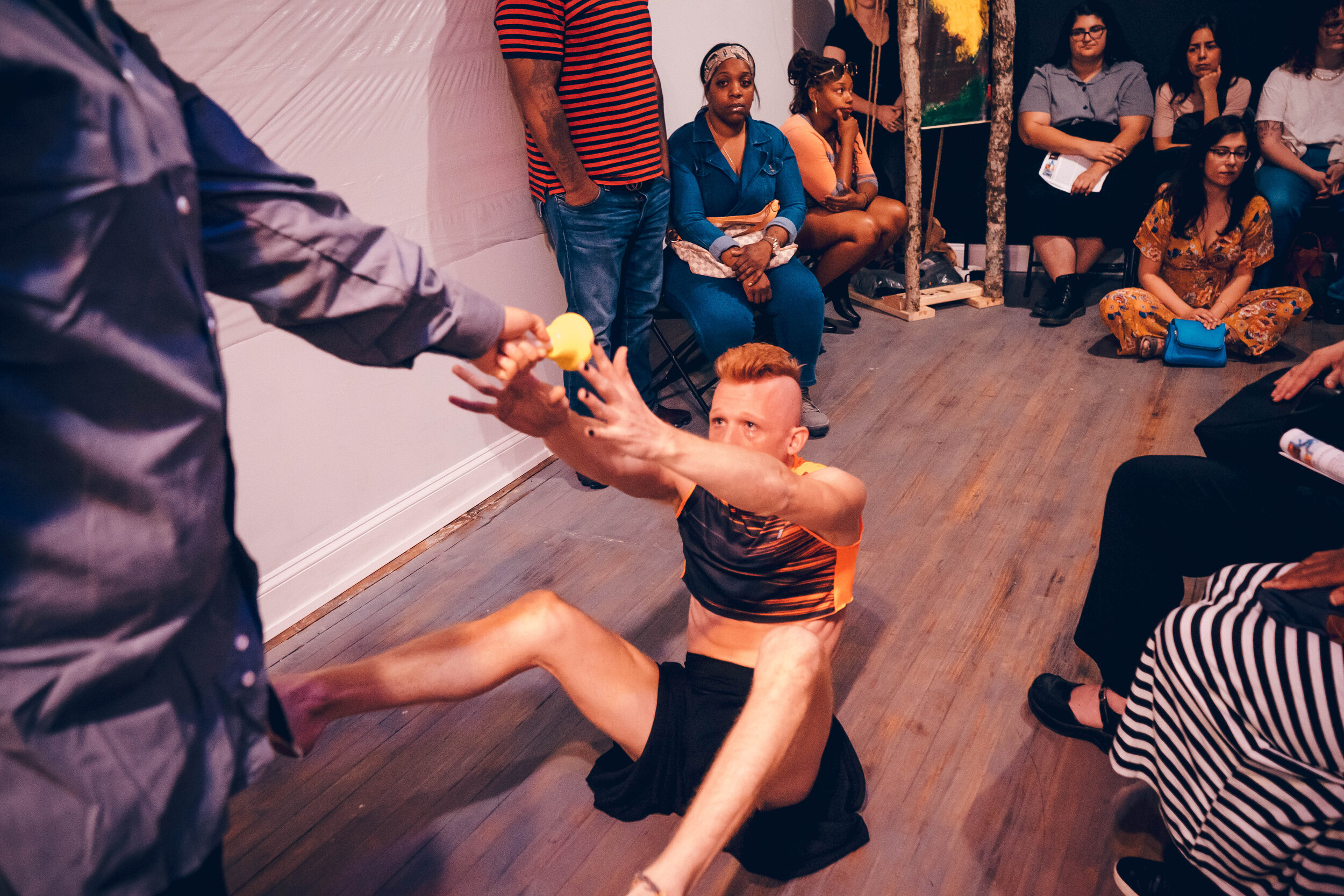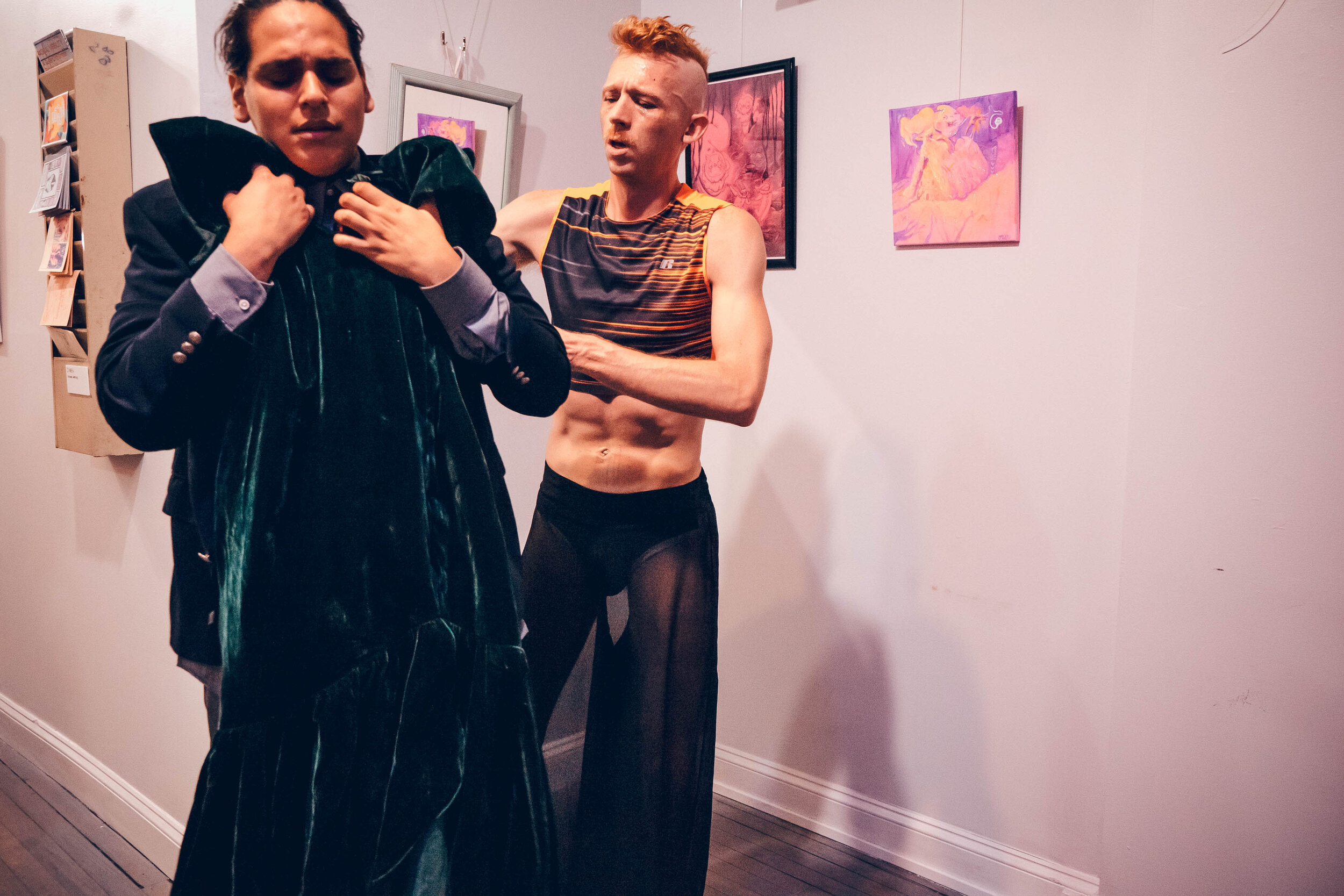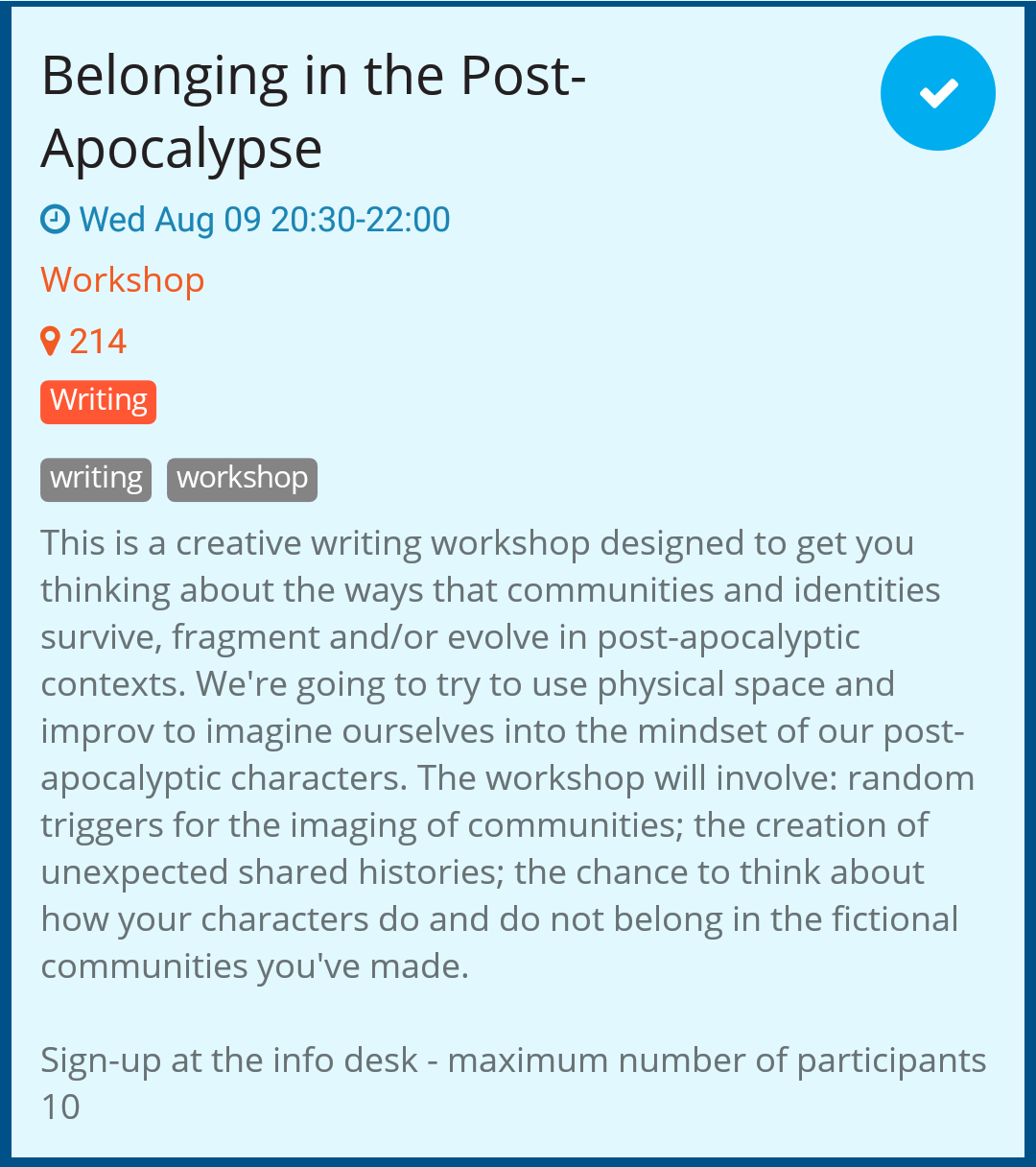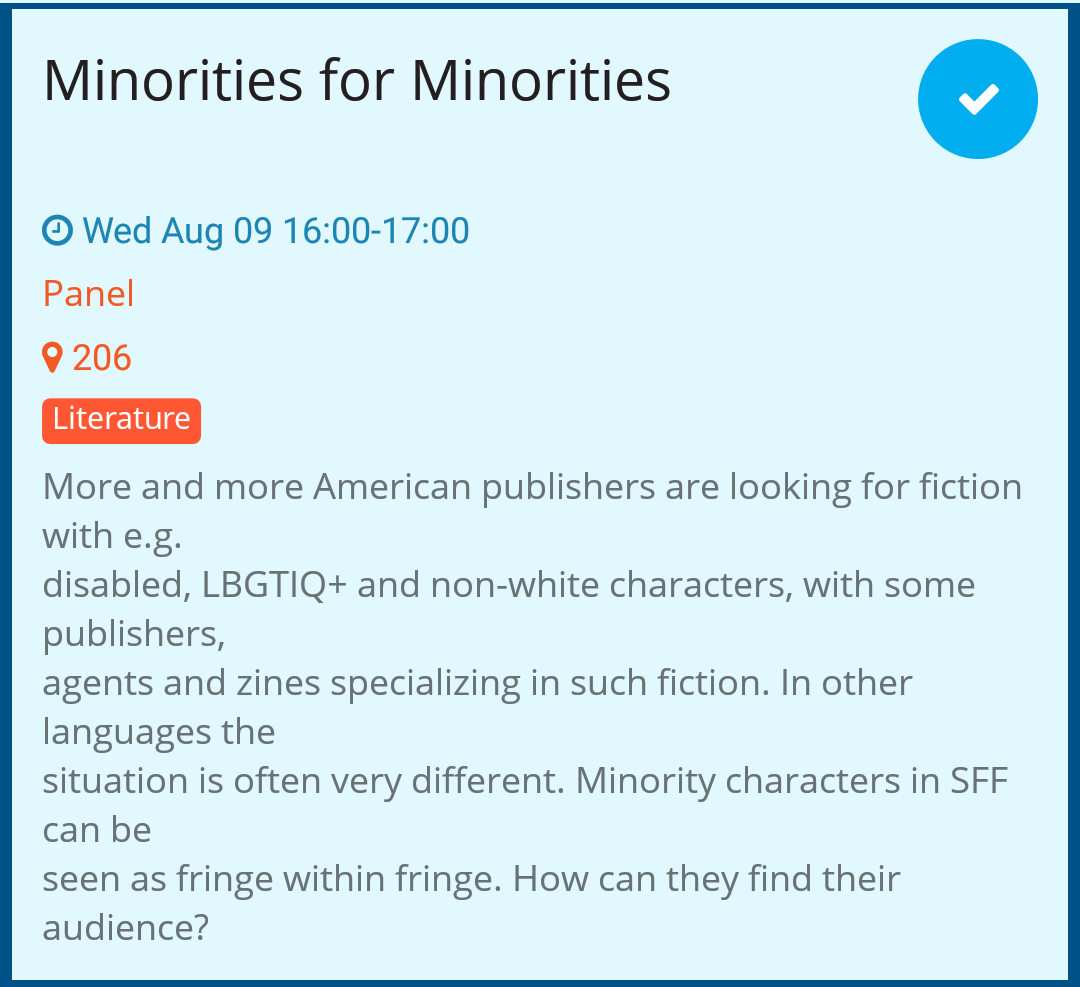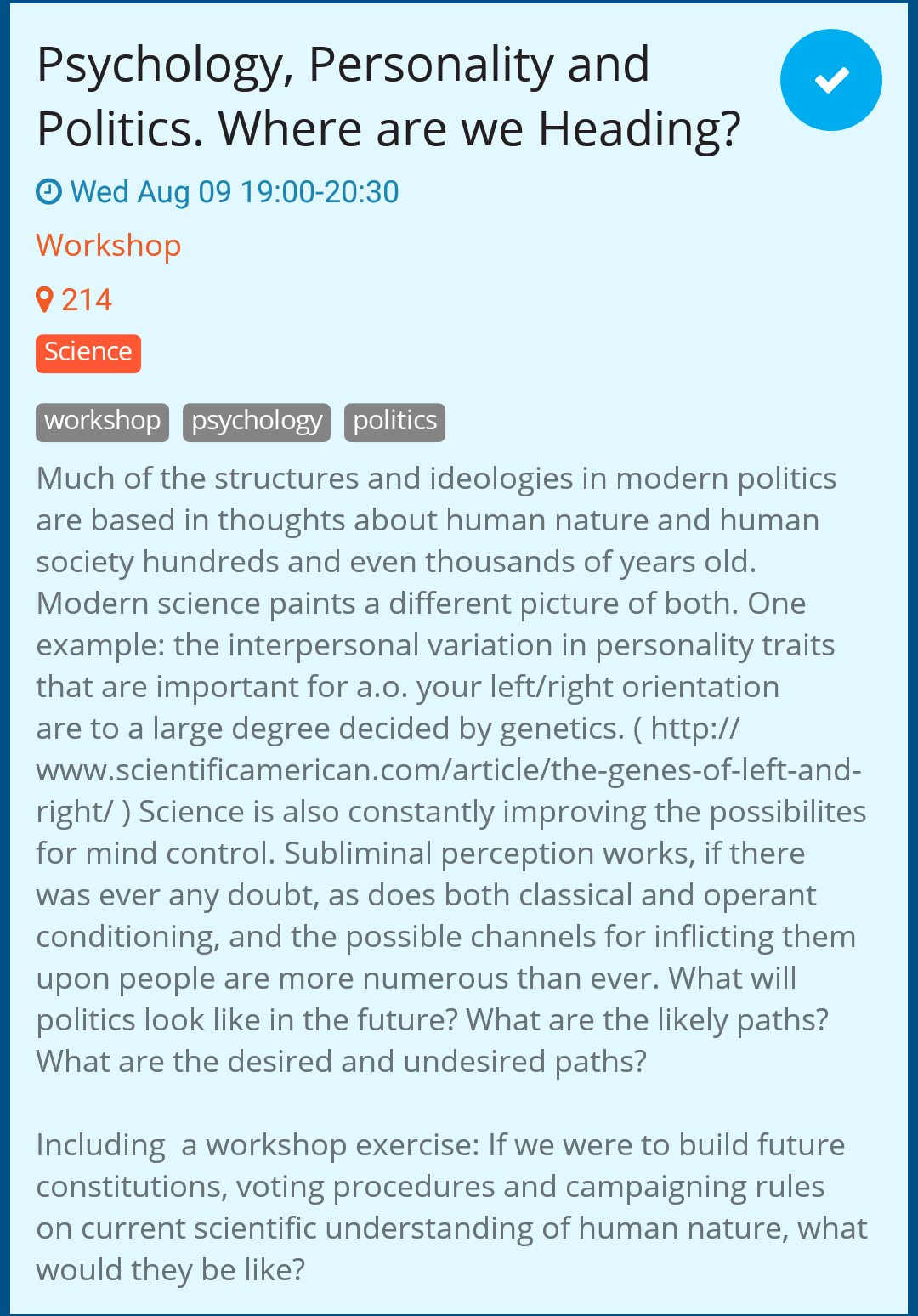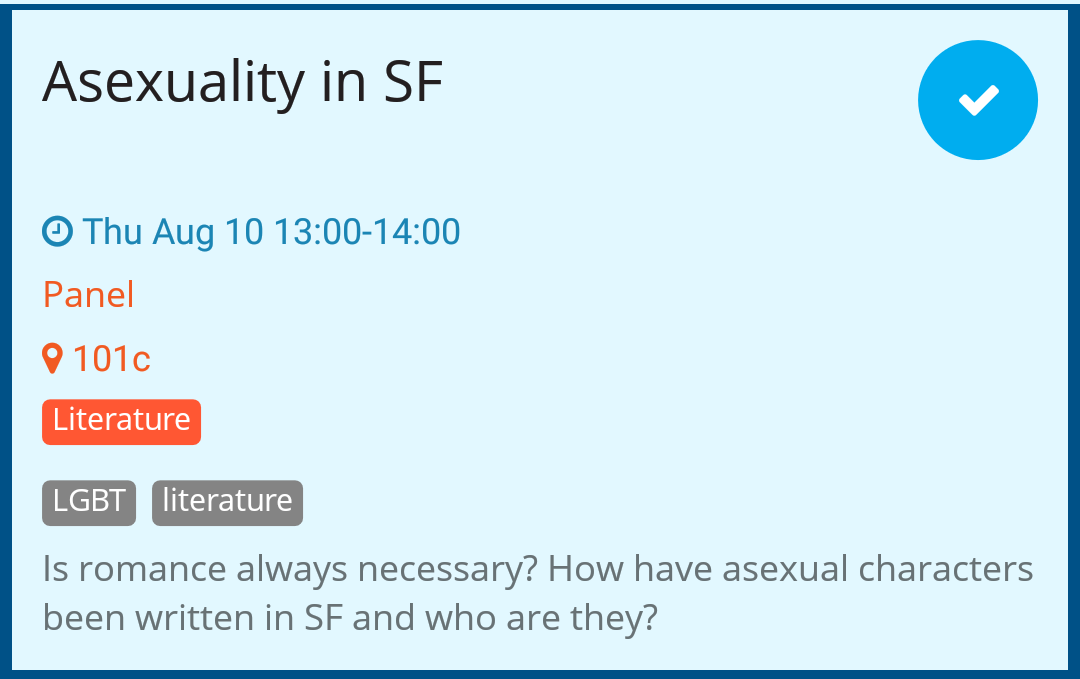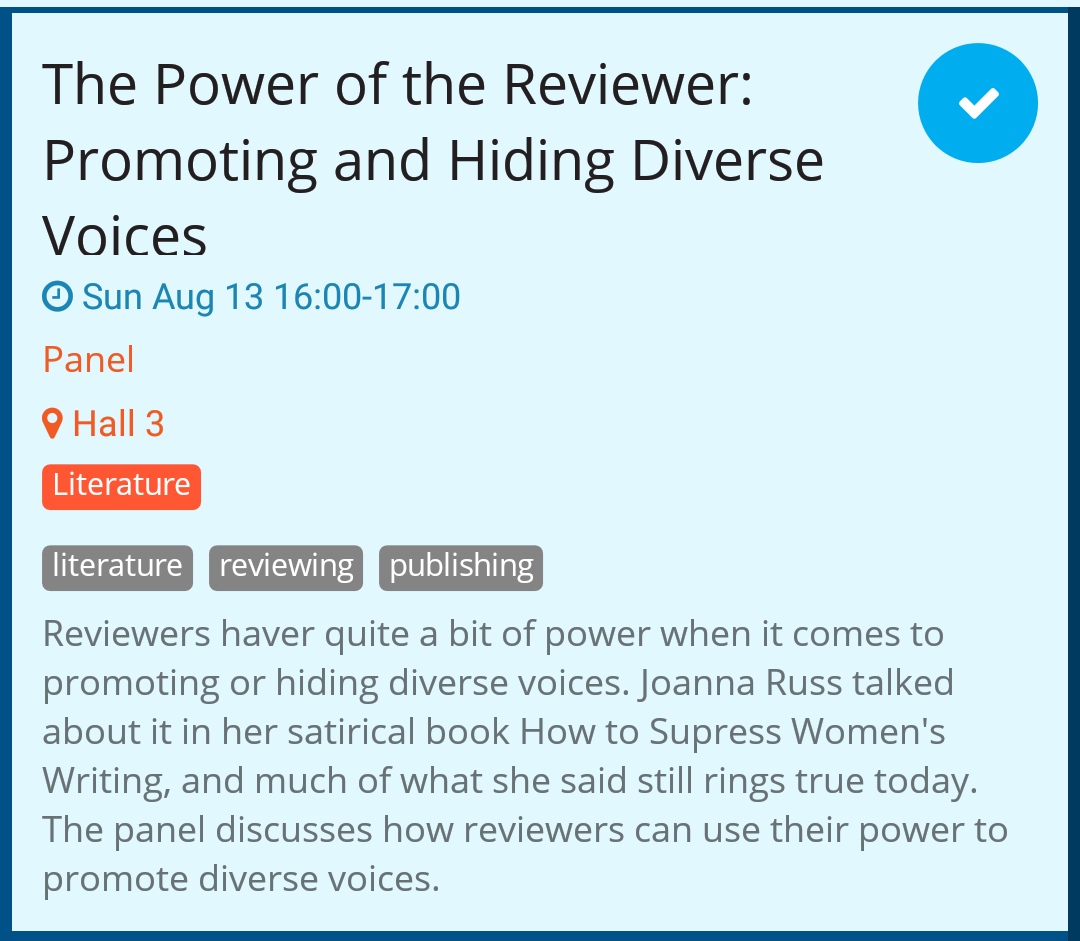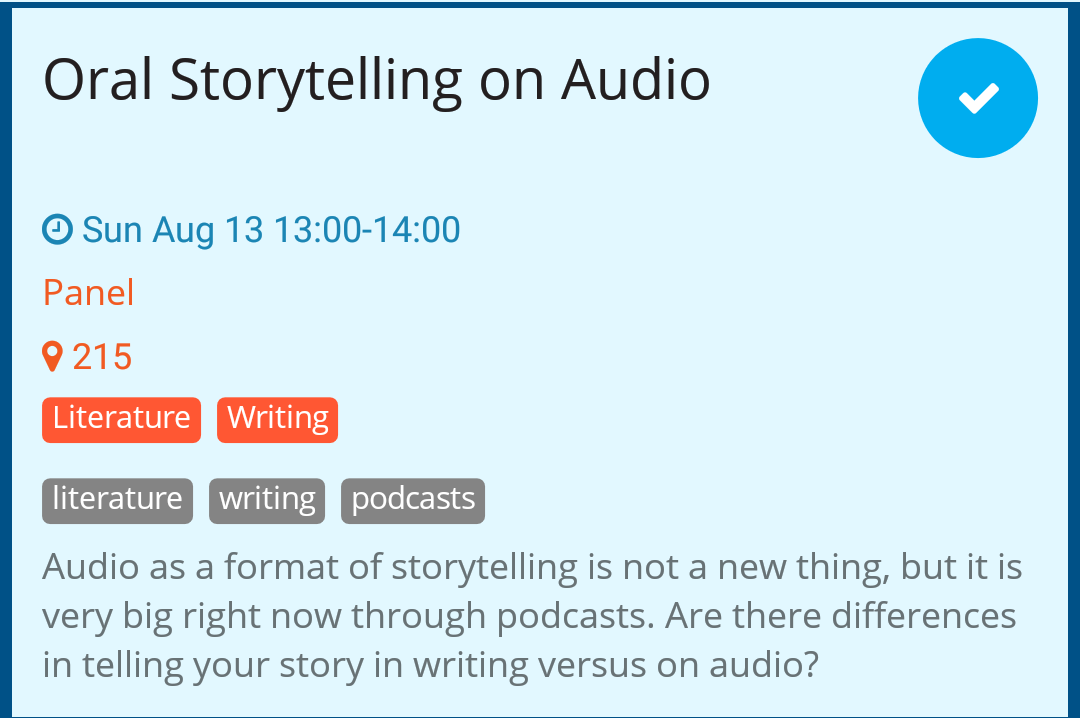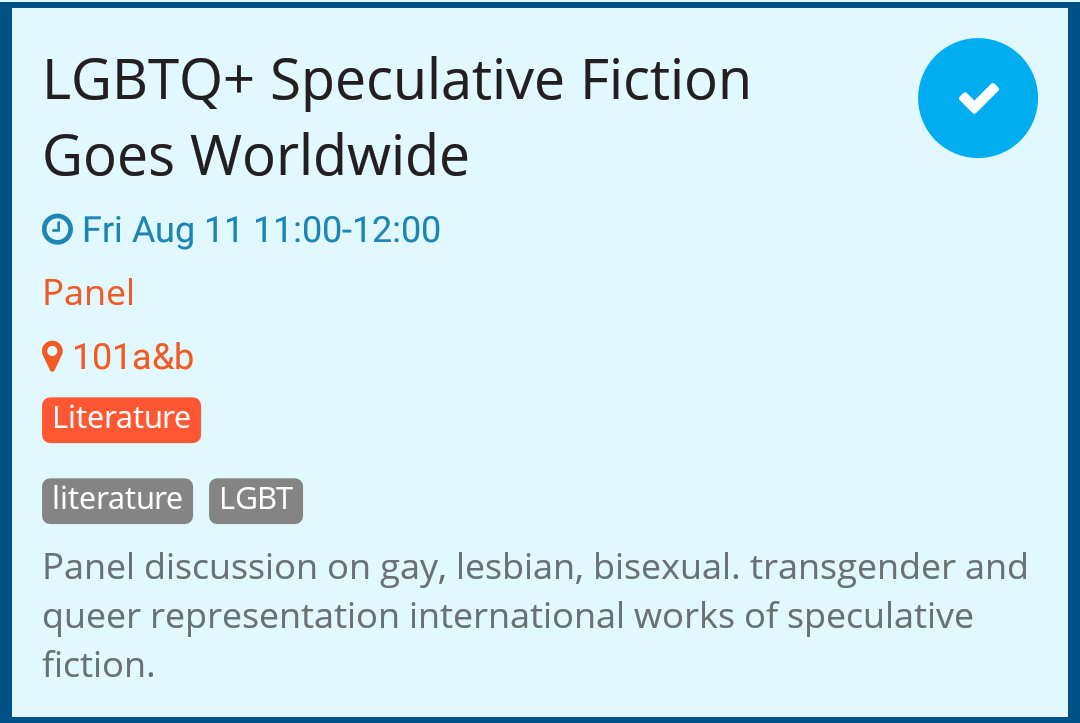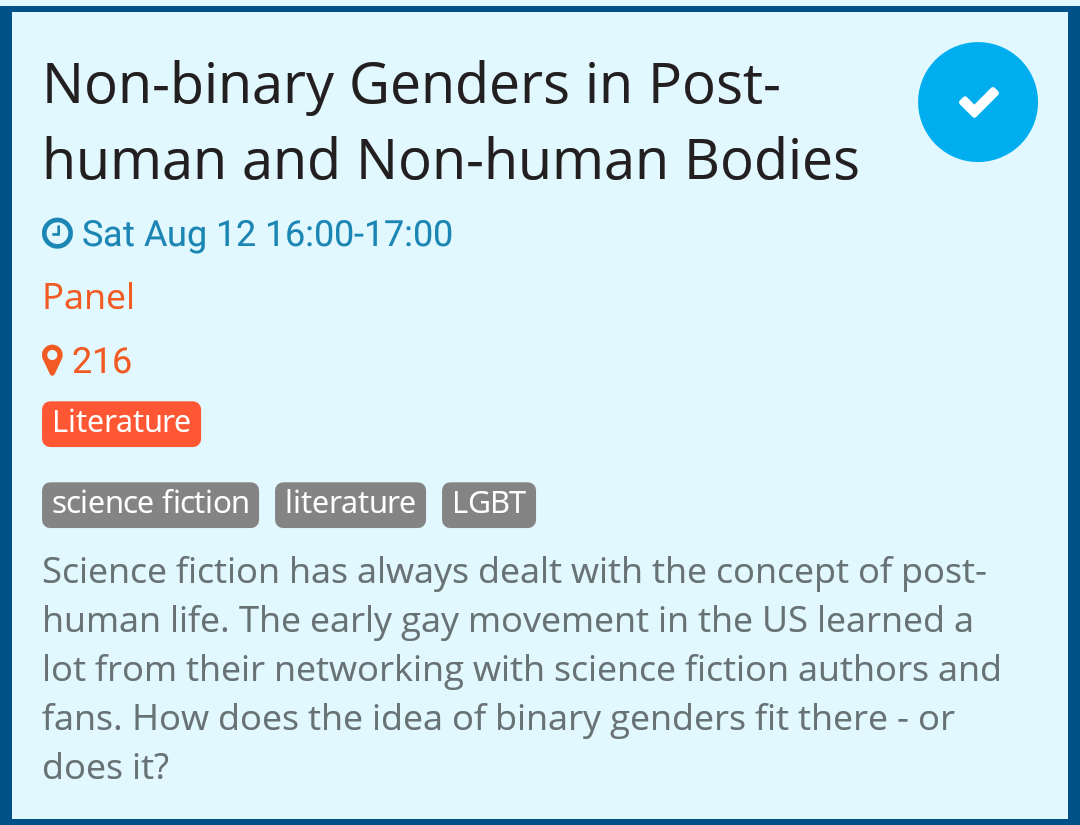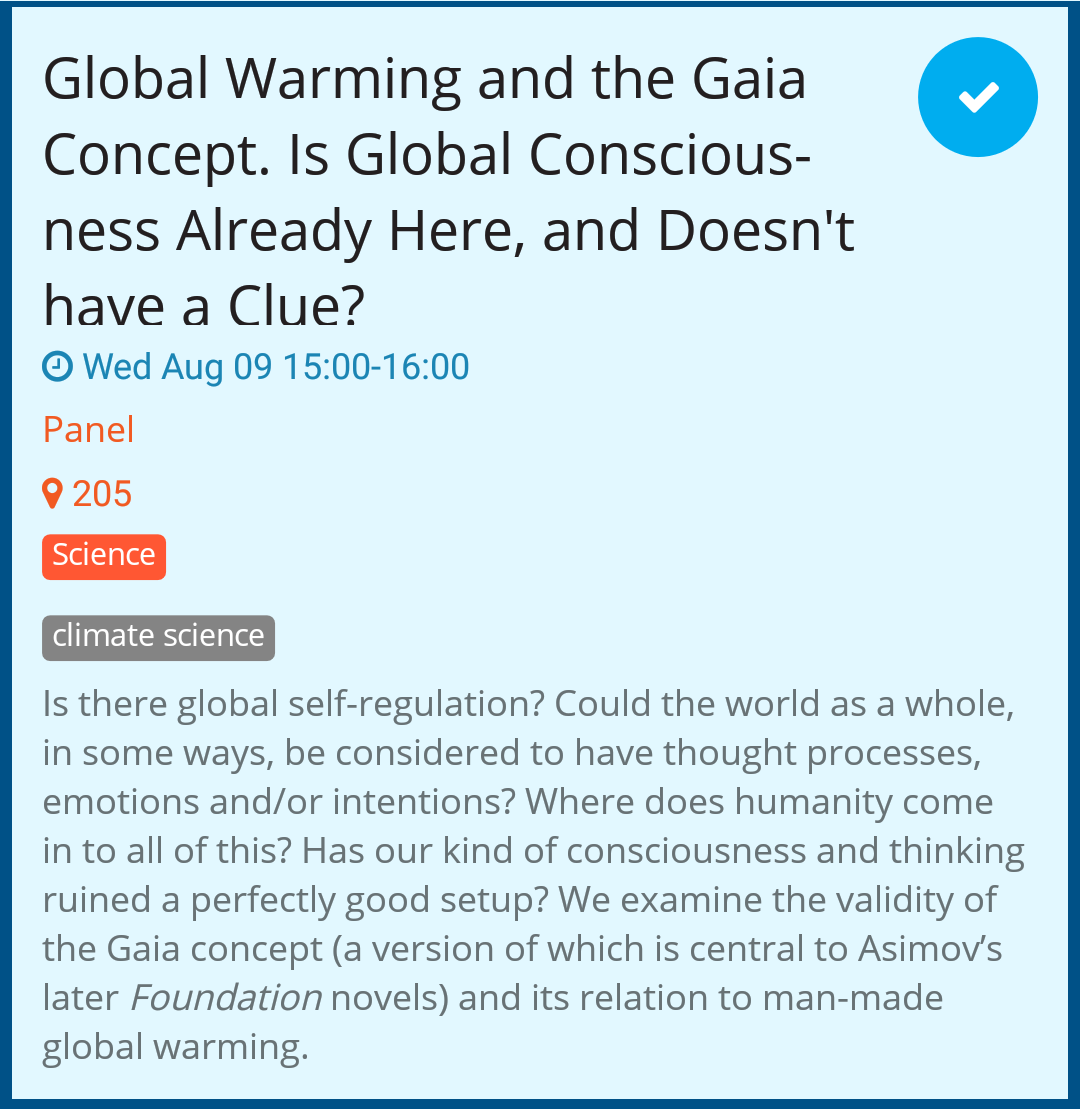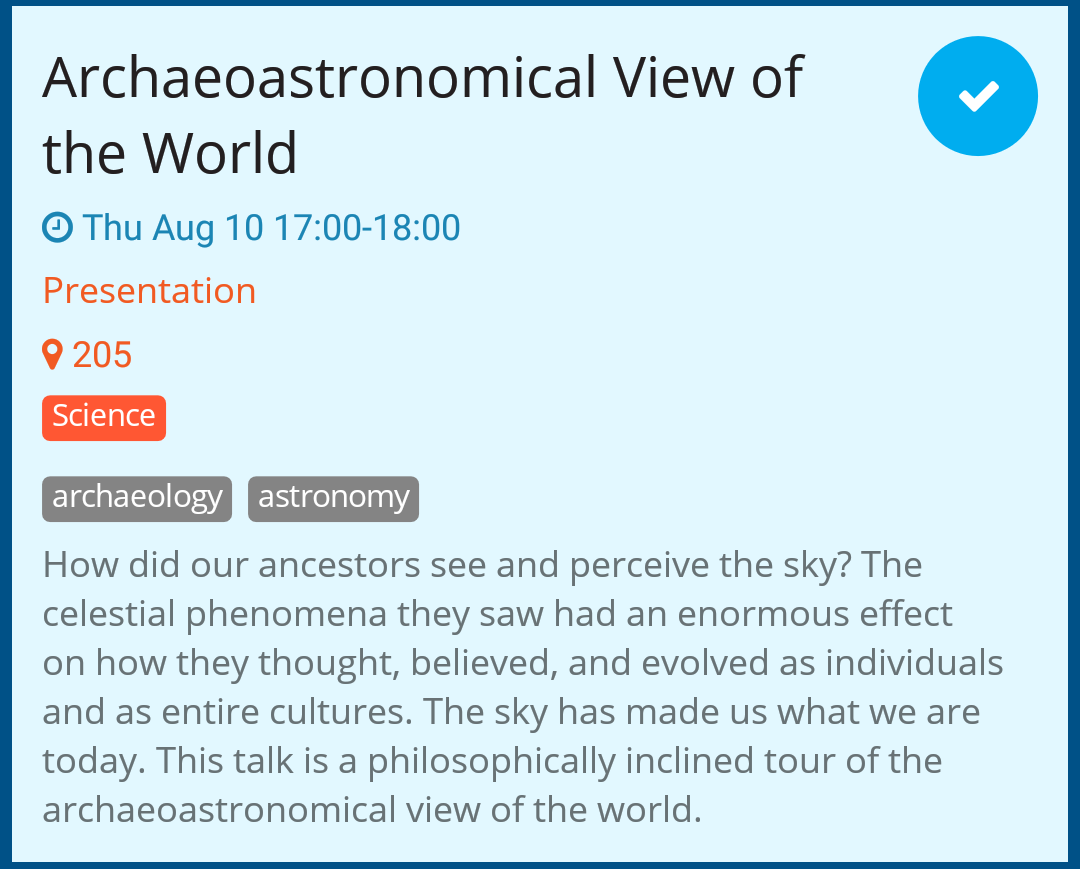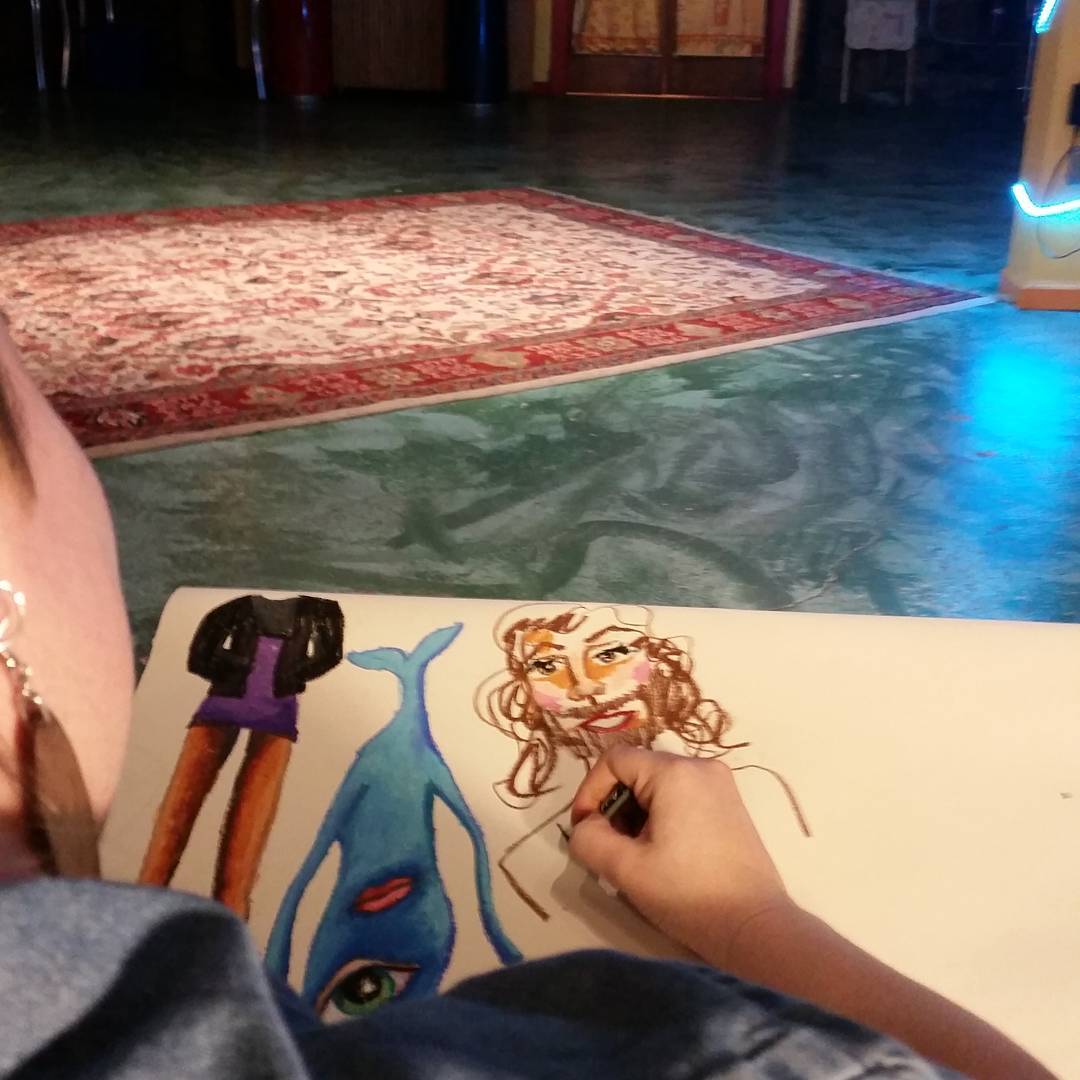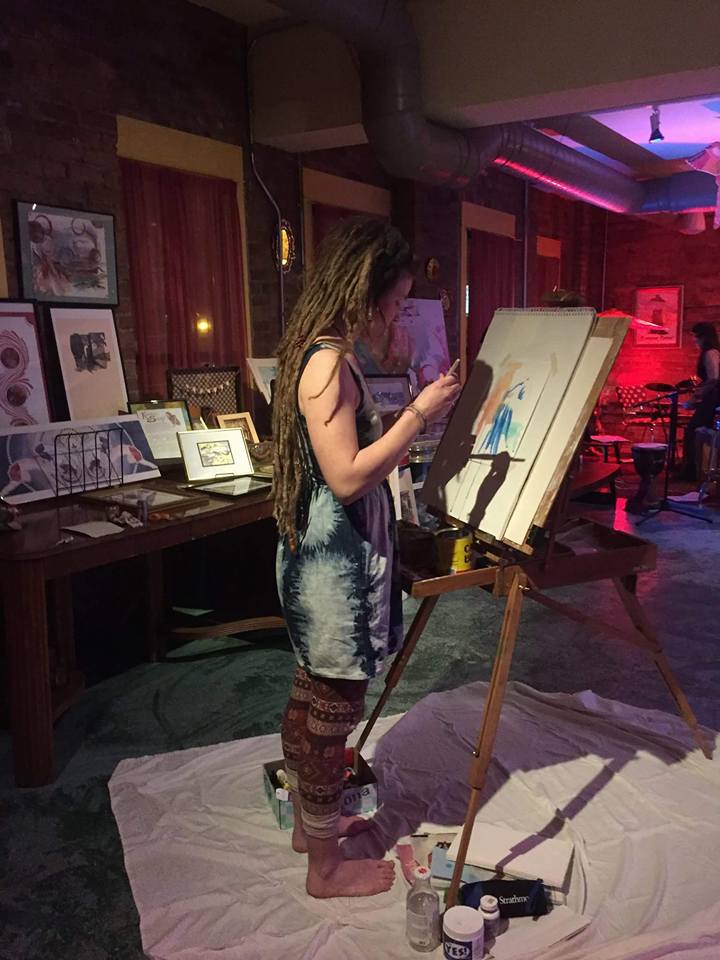BY KARISSA MURRELL MYERS
DIRECTED BY DENISE YVETTE SERNA
Mar 15, 2021–Apr 18, 2021
Pay-What-You-Can with a suggested amount of $15.
Strawdog Theatre Company's will conclude its all-virtual 33rd season with How Do We Navigate Space?, a series of original performances inspired by the events of 2020, from the pandemic to social justice.
How Do We Navigate Space? will feature performances devised and performed by Yuchi Chiu (he/him), Terri Lynne Hudson (she/her), Josie Koznarek (she/her/they/them), Mah Nu (they/them), Gloria Petrelli (she/her) and Erik Strebig (they/them/he/his).
How Do We Navigate Space? is an original, devised hybrid of film and theatre. This work will explore the experiences of Chicagoans navigating through our current, drastically-changed world. The piece is inspired by surveys submitted by Chicago residents sharing their experiences during 2020. Combining movement, music, visual art and the voices of Chicagoans, the film will express a non-linear story of our diverse and complex city in the search for connection.
Director Denise Yvette Serna comments, "The places through which we pass, the areas we retreat to, and the spaces where we cultivate our safety have been broken open for examination. As the sun begins its next orbit we articulate what has been illuminated - the complicated depths of collective transformation. Artists know the greyest days can be transformed by color, the coldest places can be infused with the warmth, and our determined occupation of public space proclaims our existence and demands recognition of our humanity. Even the silence can be measured and manipulated when we want it to be. How we understand the space between us will inevitably inform how we dismantle the systems that divide and destroy us. We're excited to play."
The production team includes Kamille Dawkins* (director of photography), design), Kyle Hamman* (video editing), Jos N. Banks (costume design), Heath Hays* (sound design), Becca Levy* (movement design) and Karissa Murrell Myers* (casting director).
Following the production, Strawdog will share a portion of ticket sales with Black Lives Matter Chicago.
*Denotes Strawdog ensemble member





